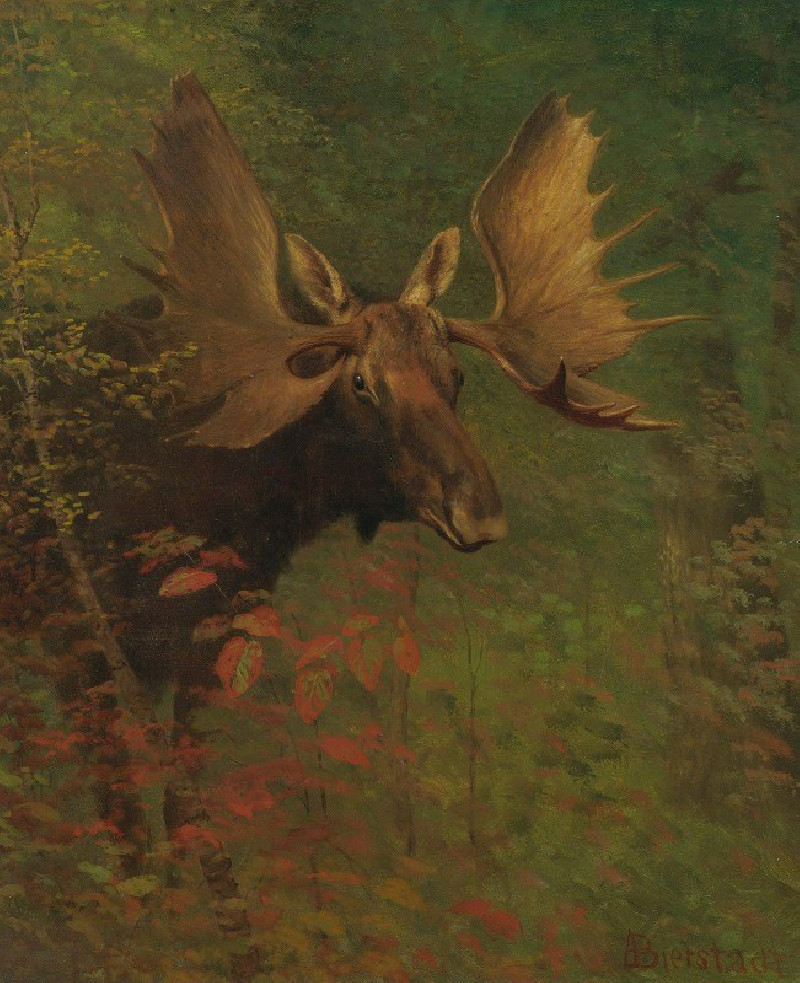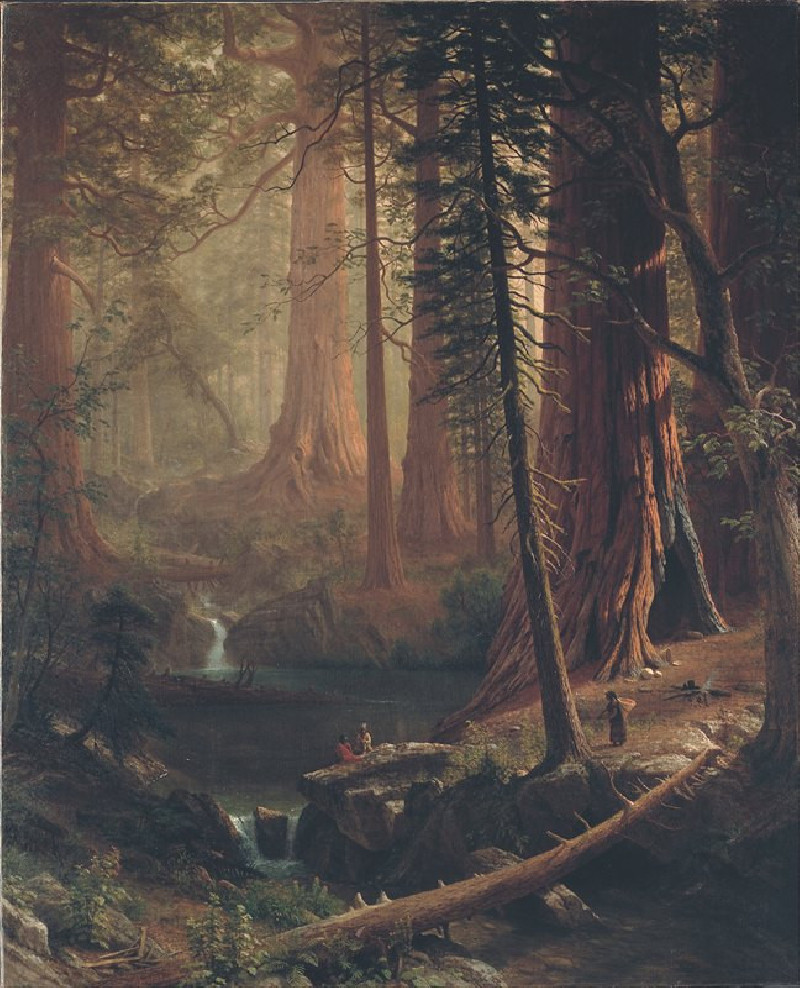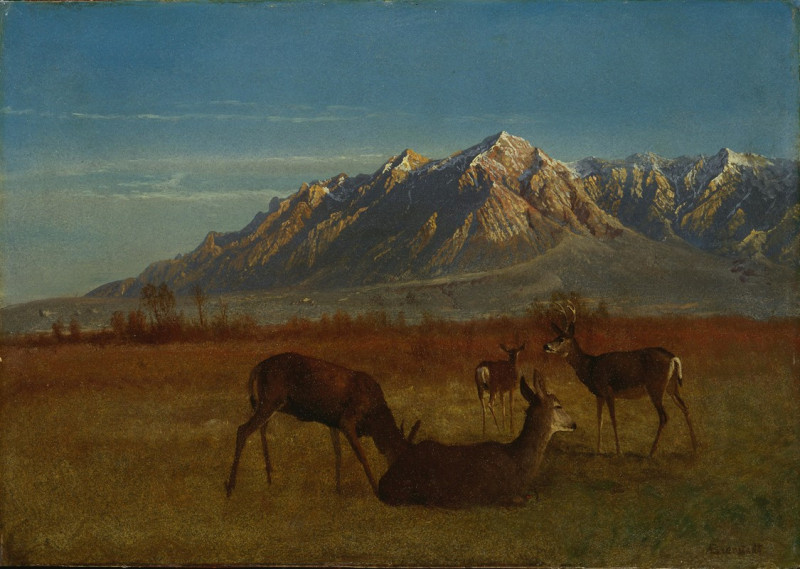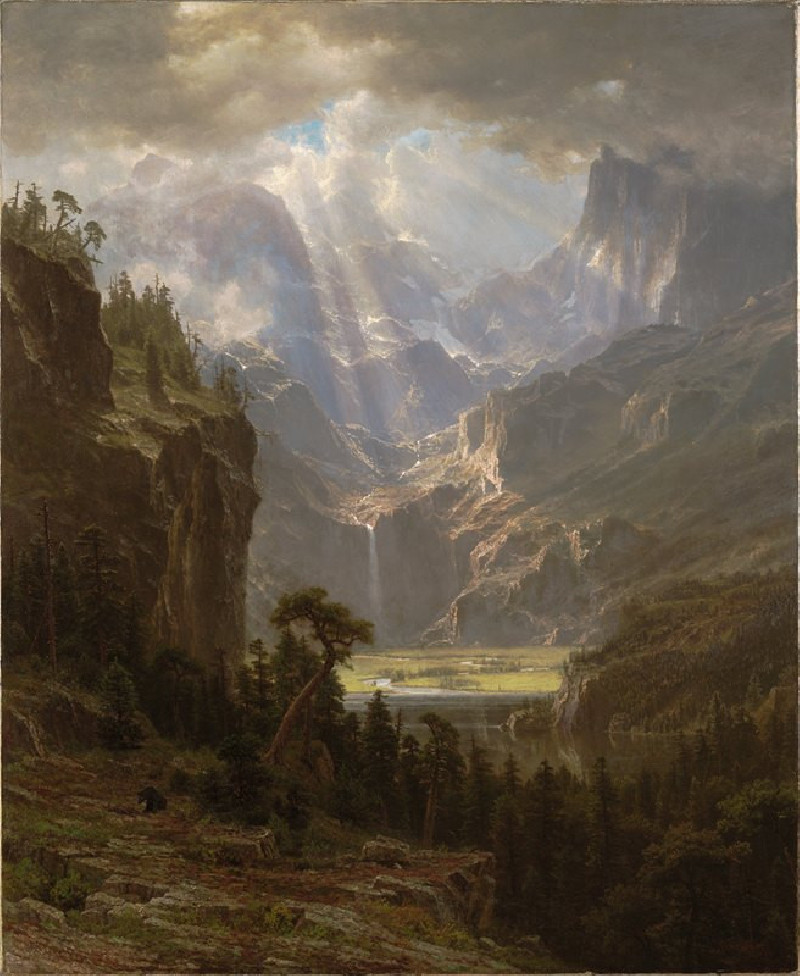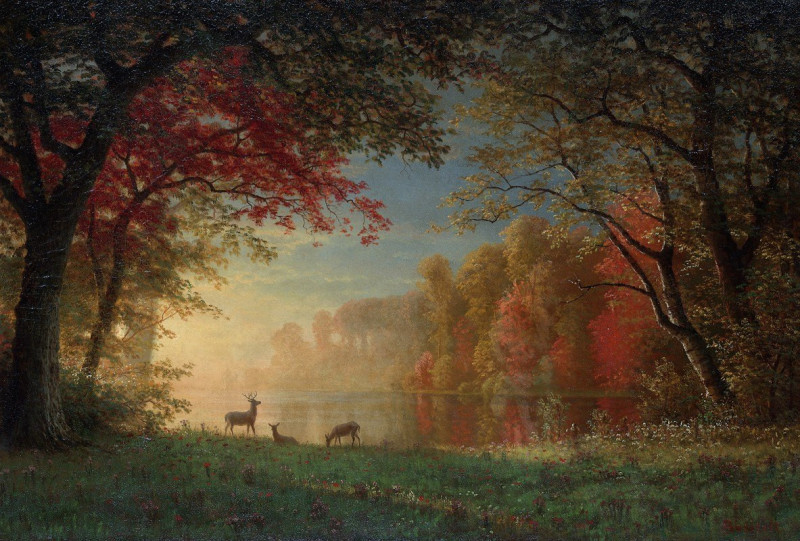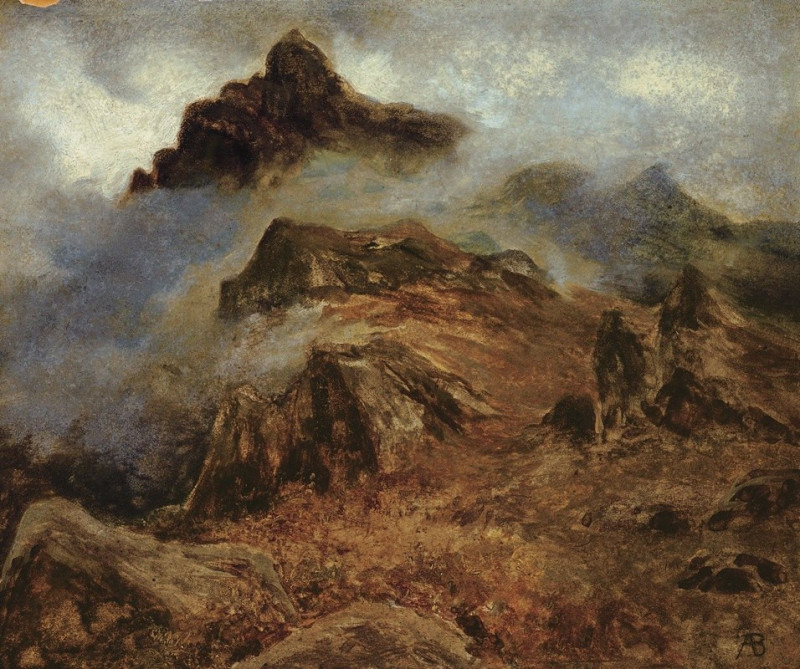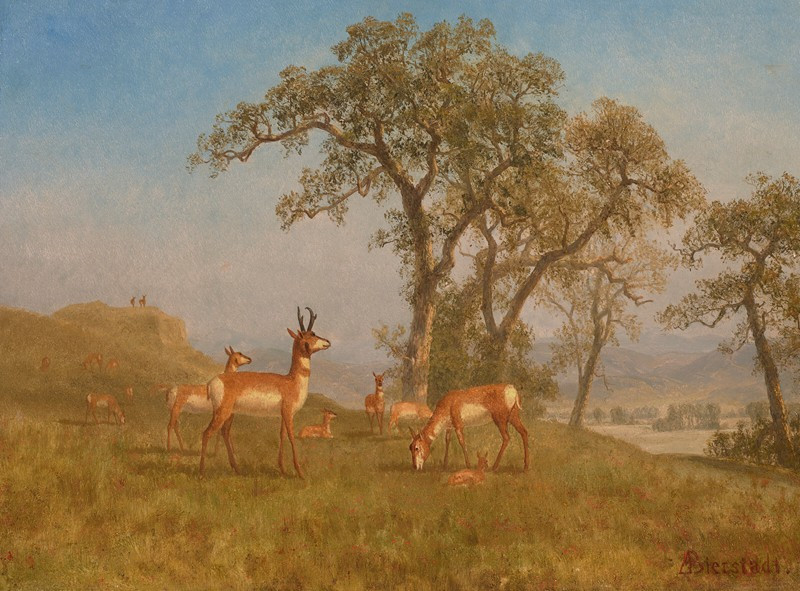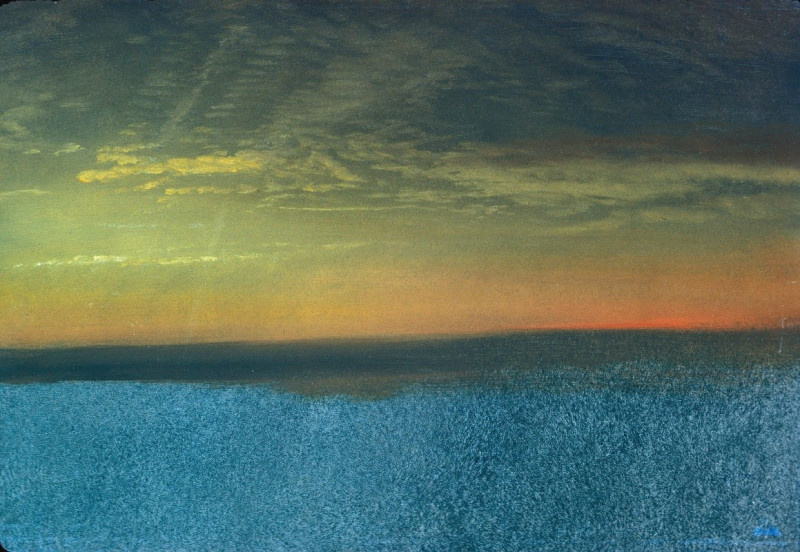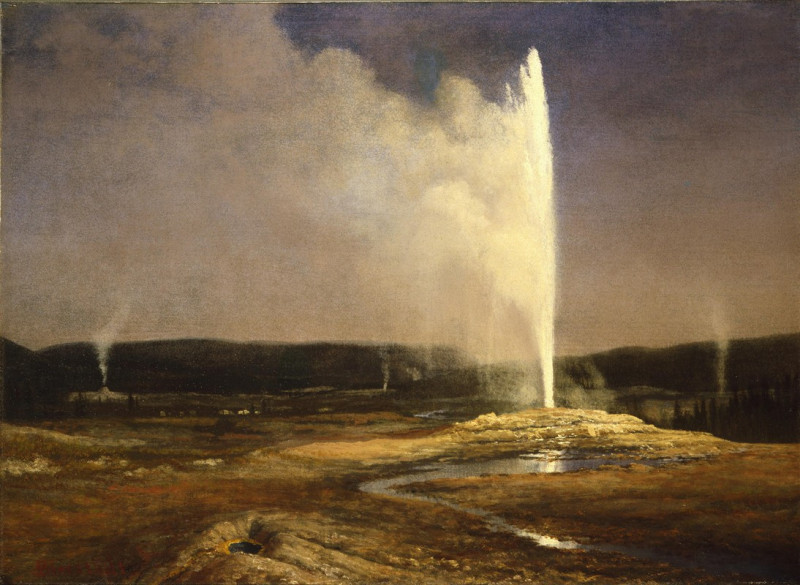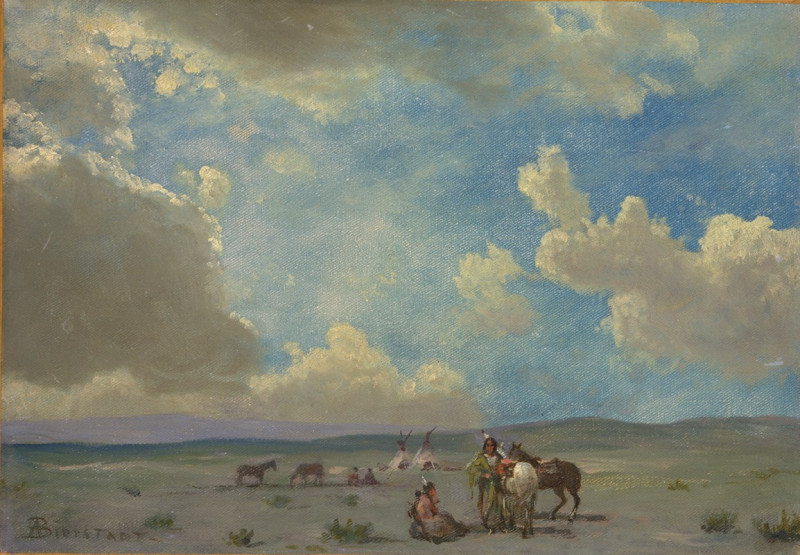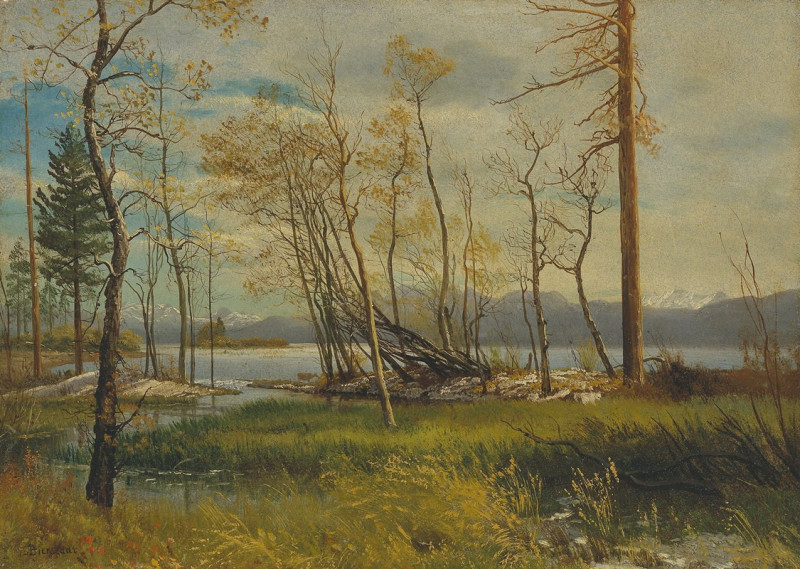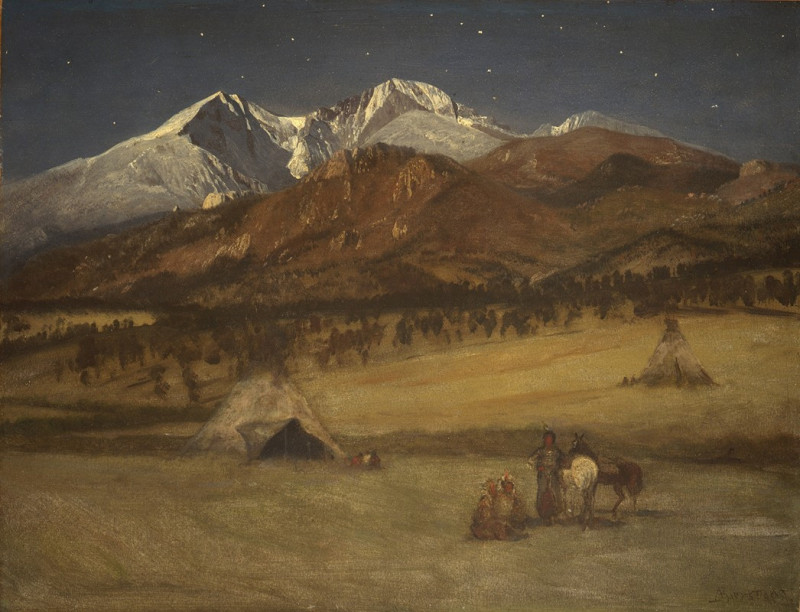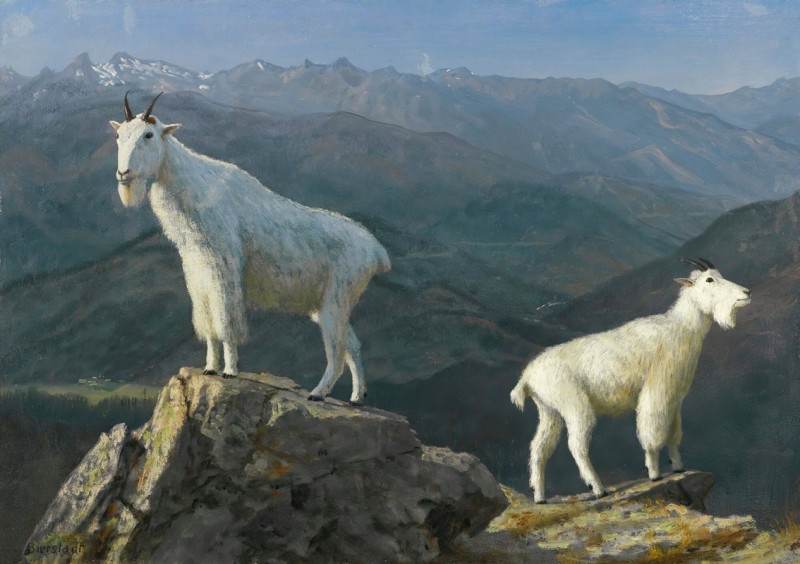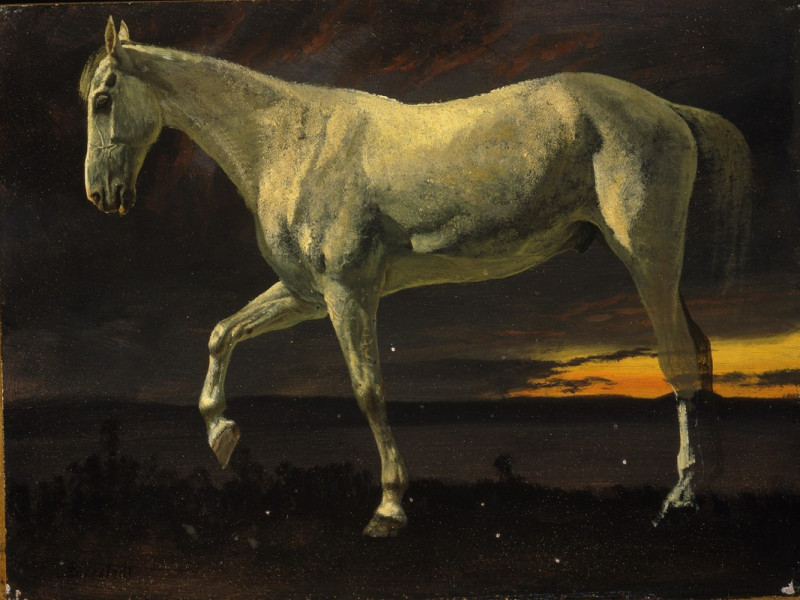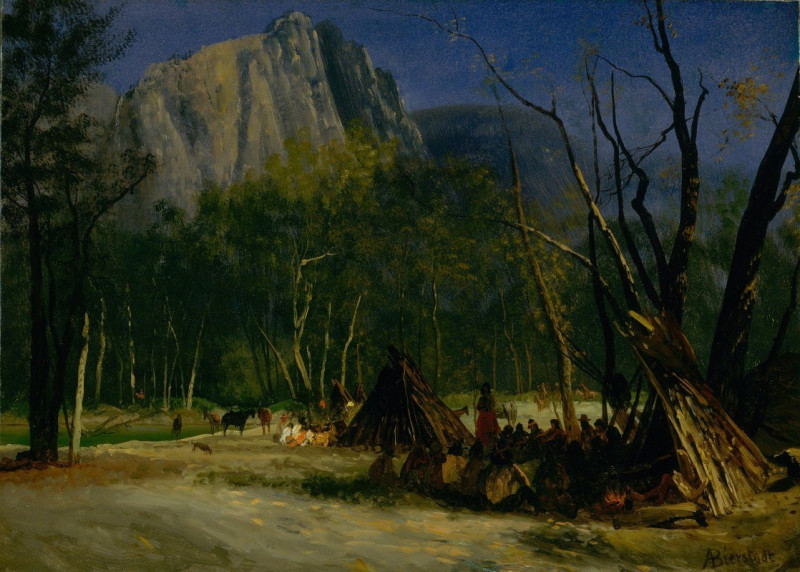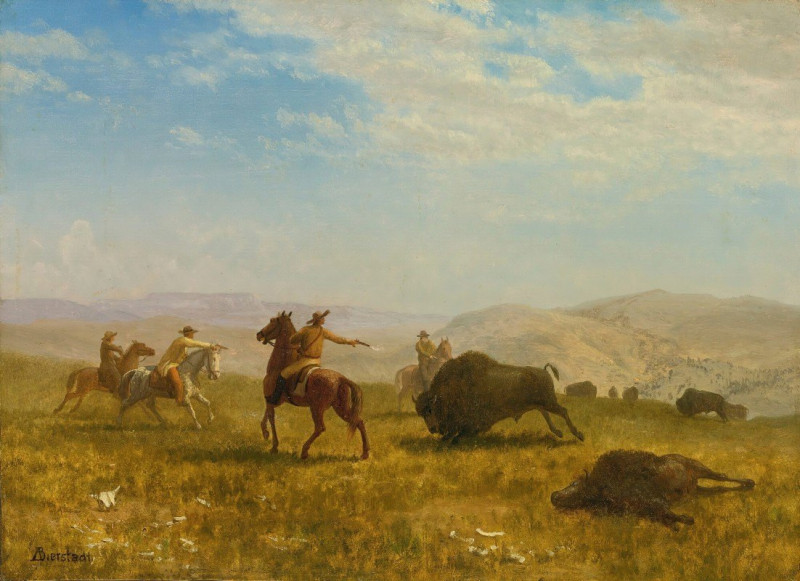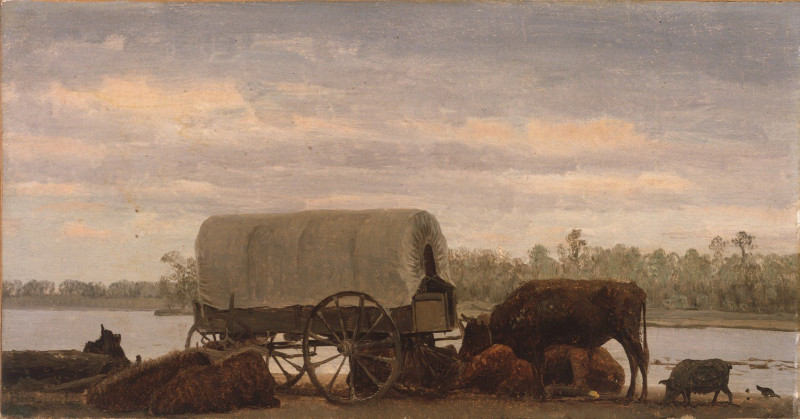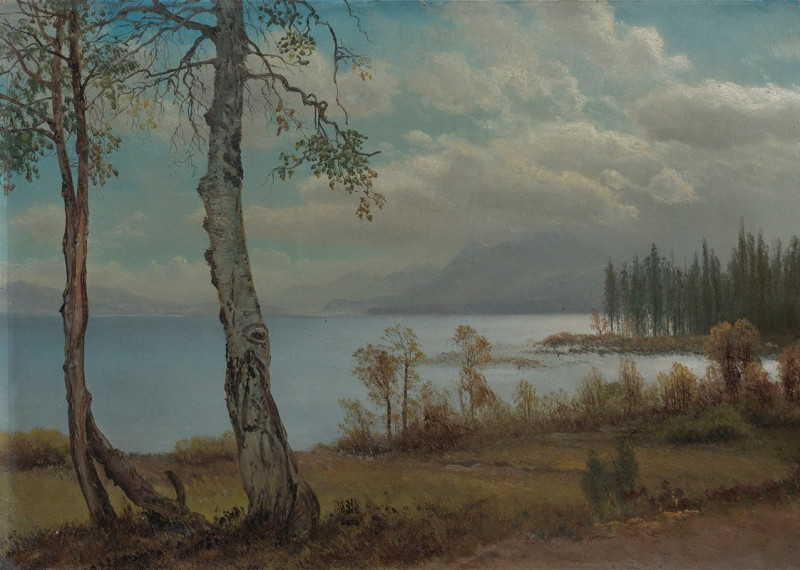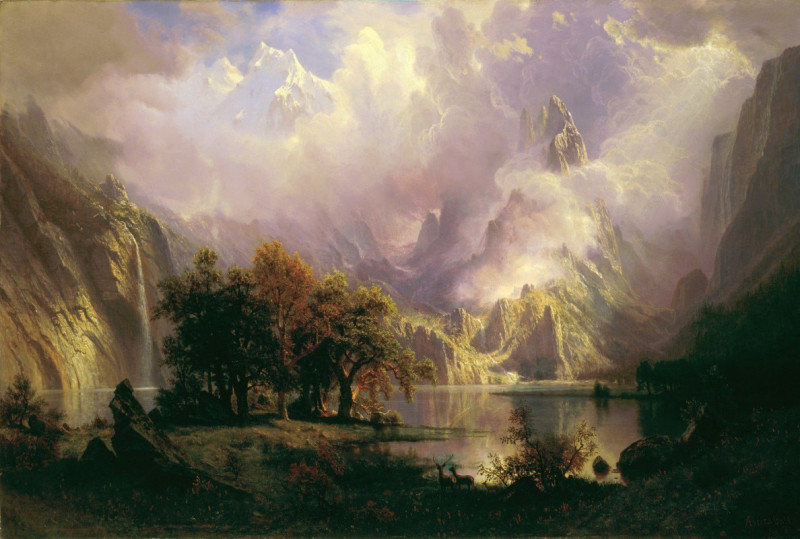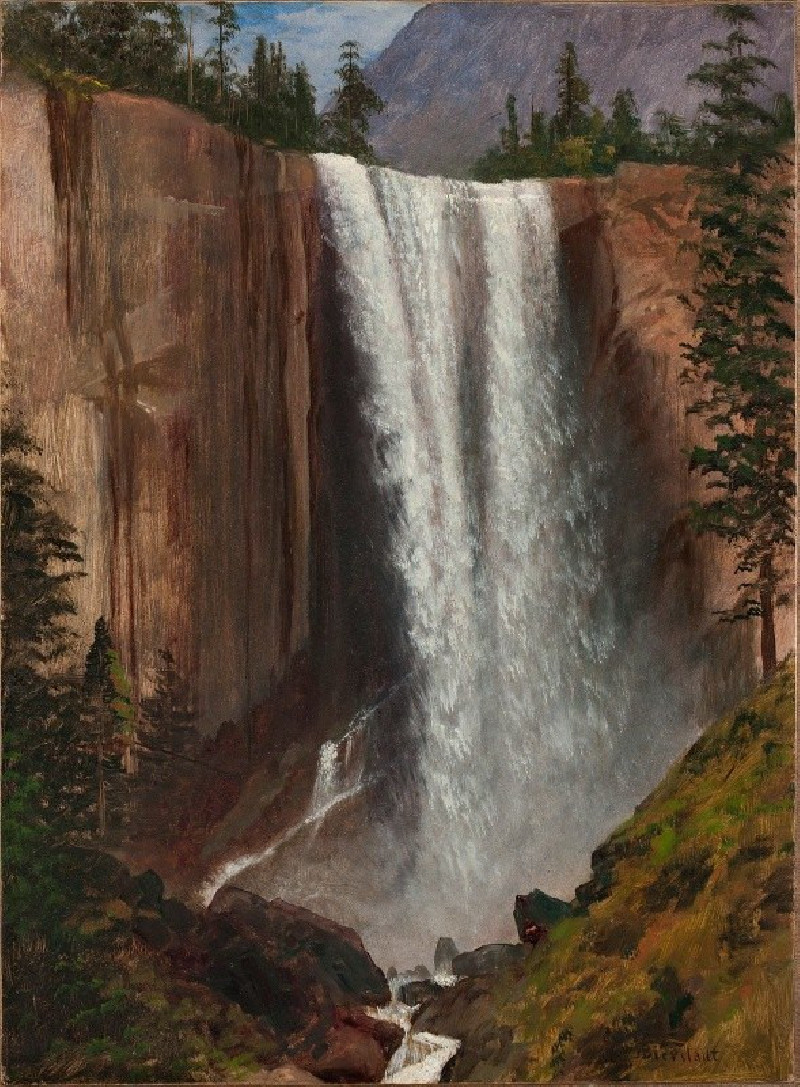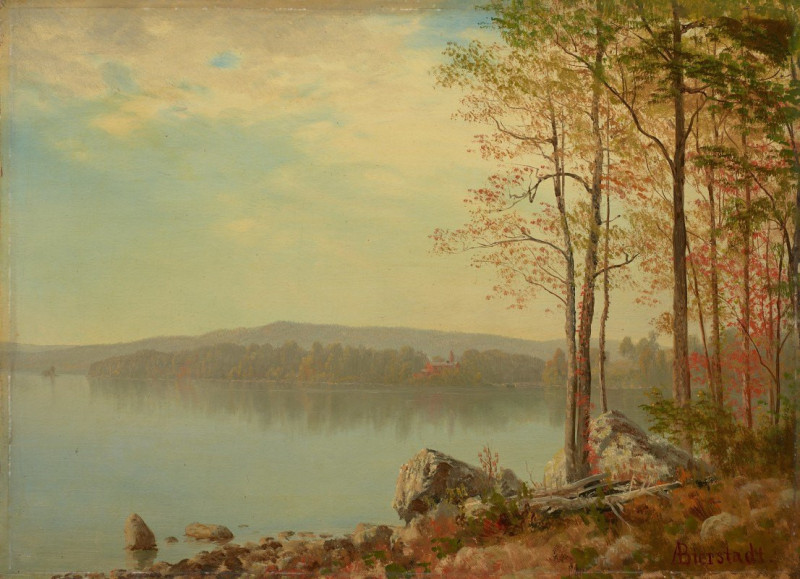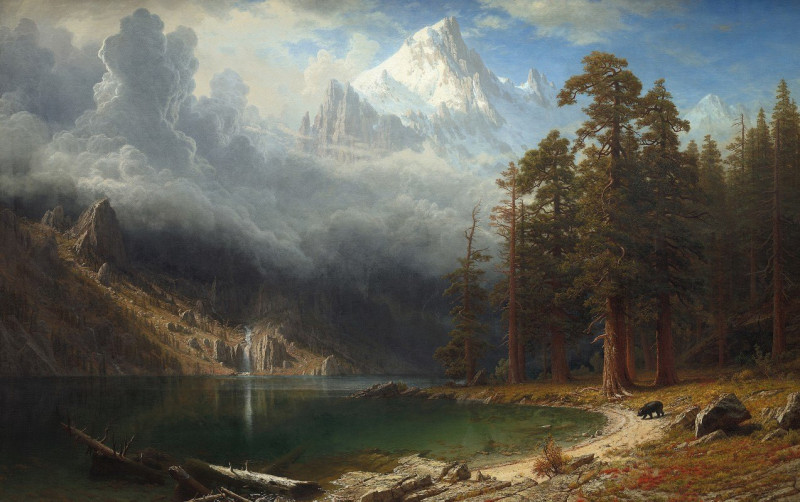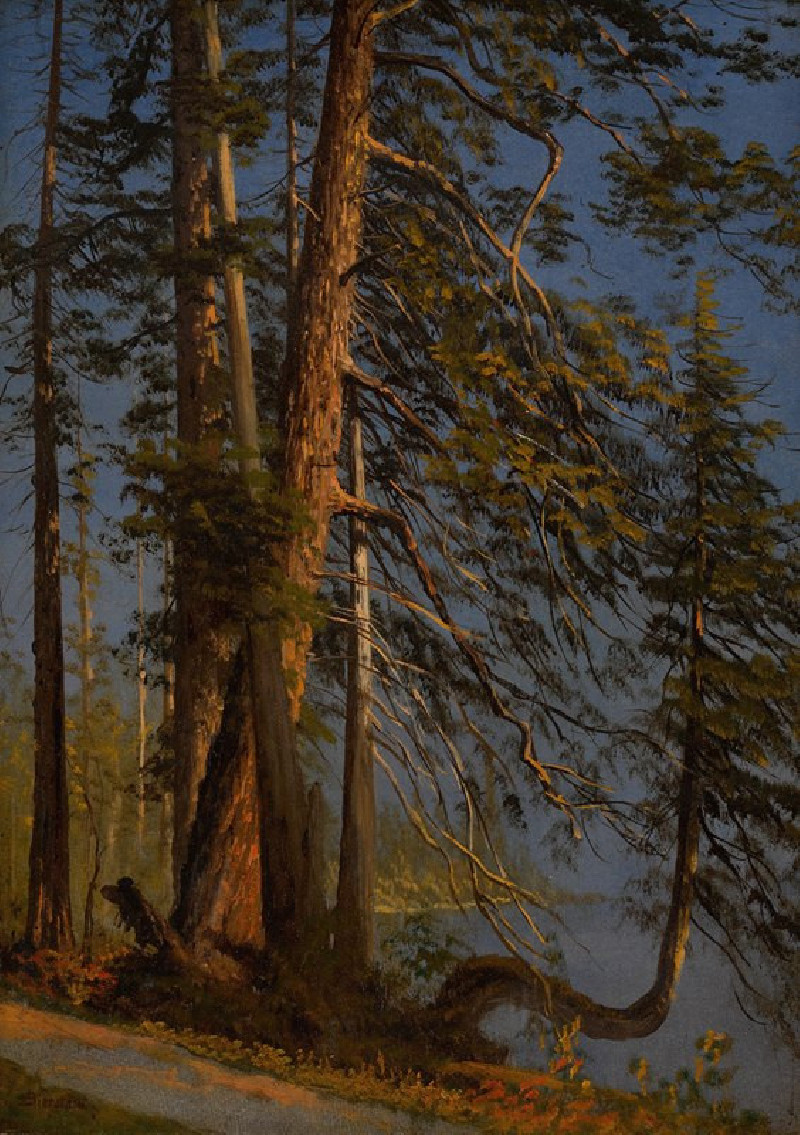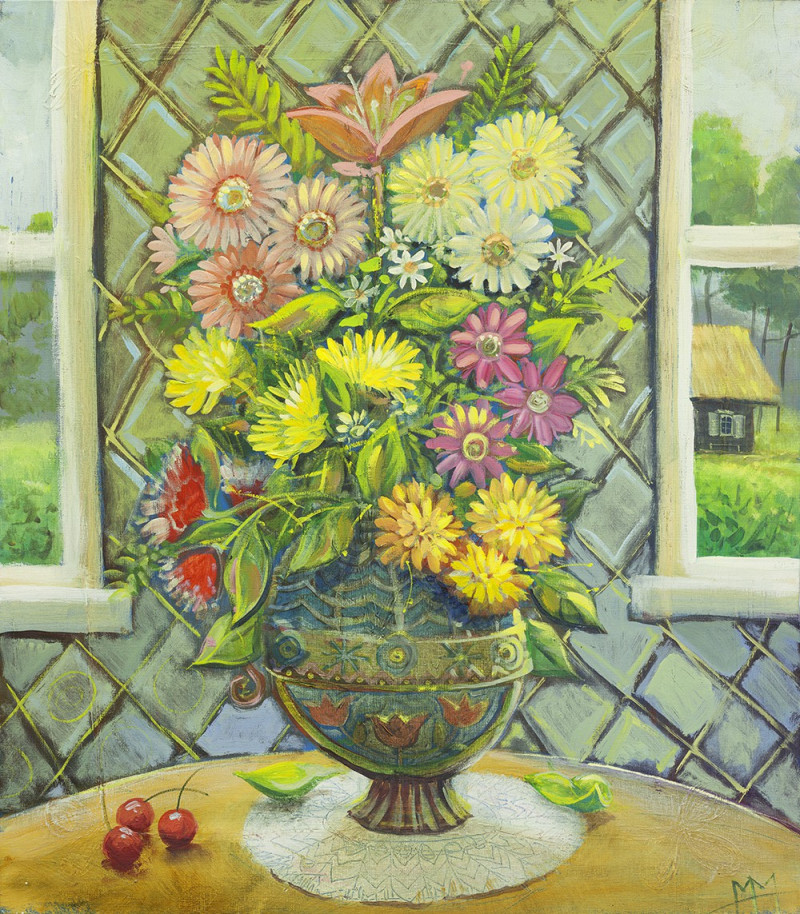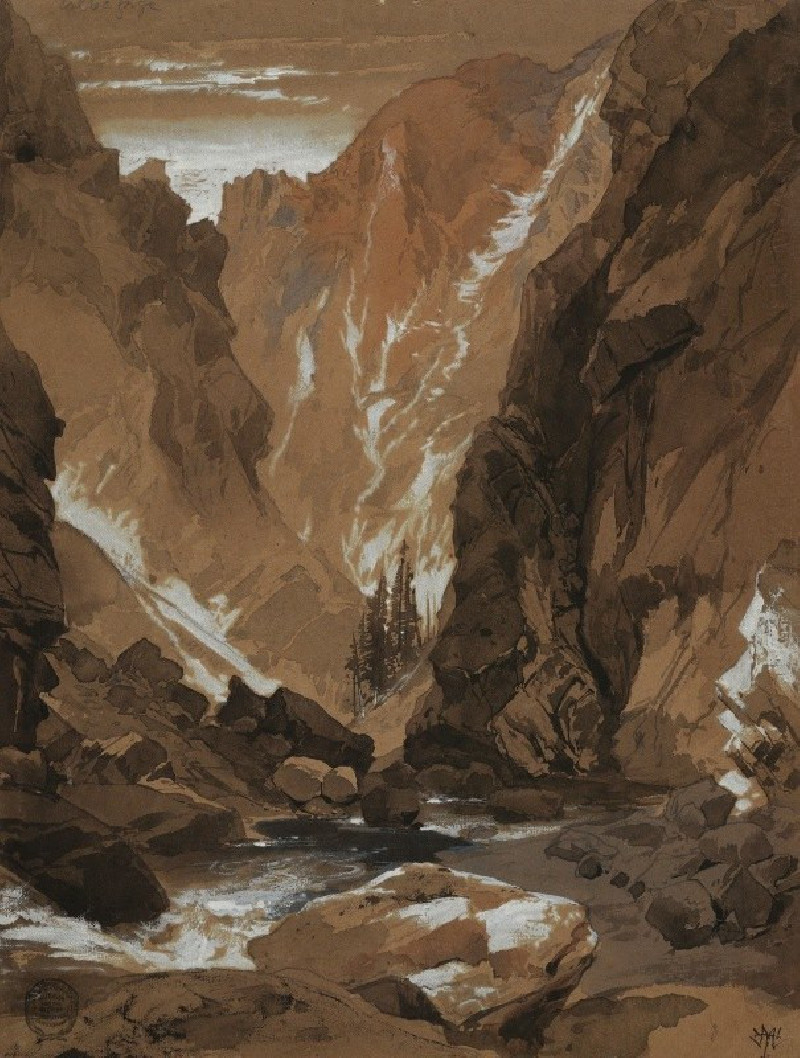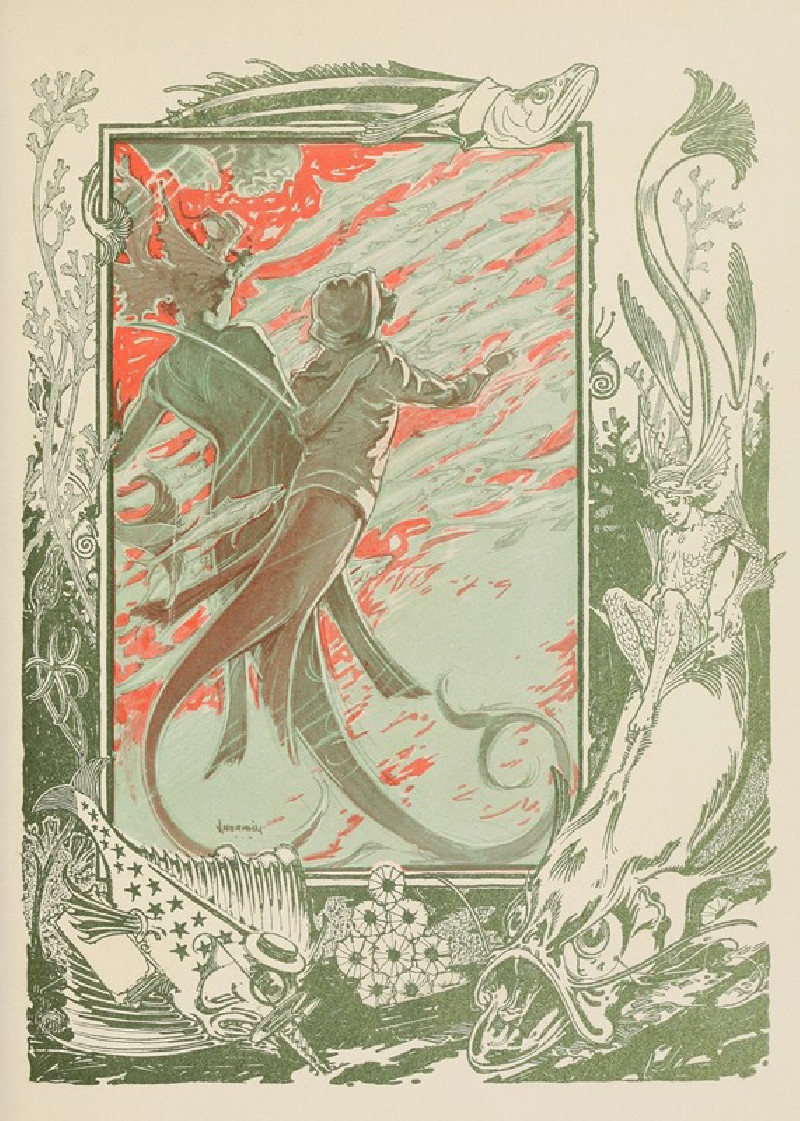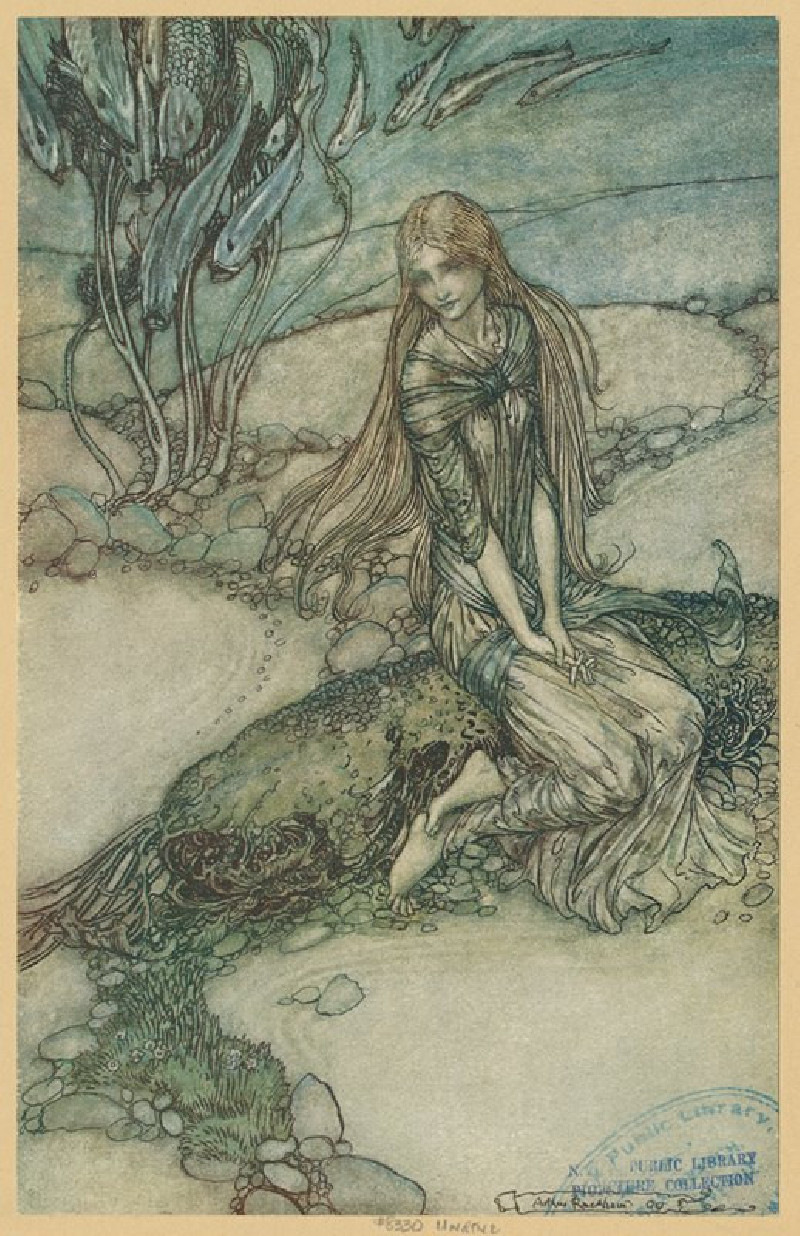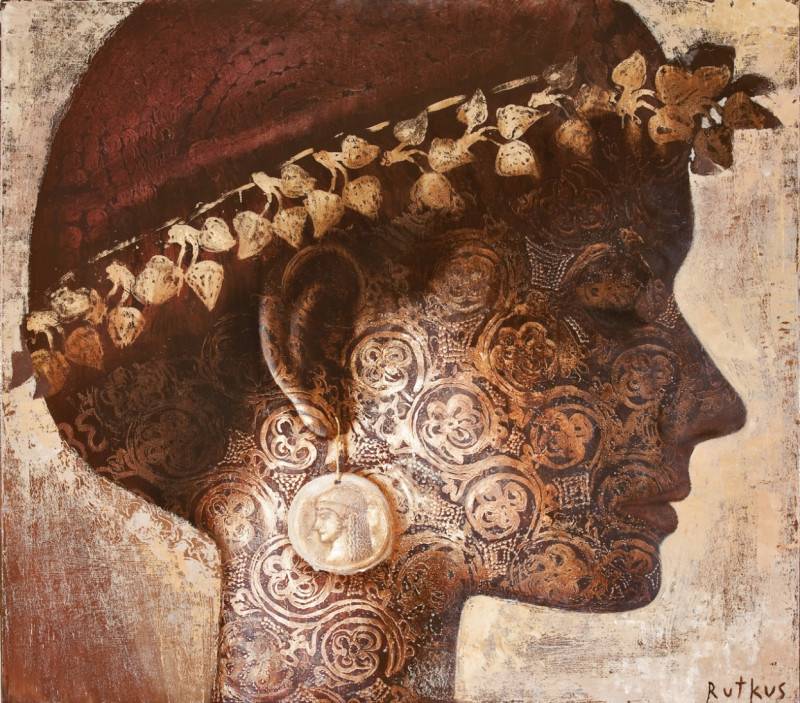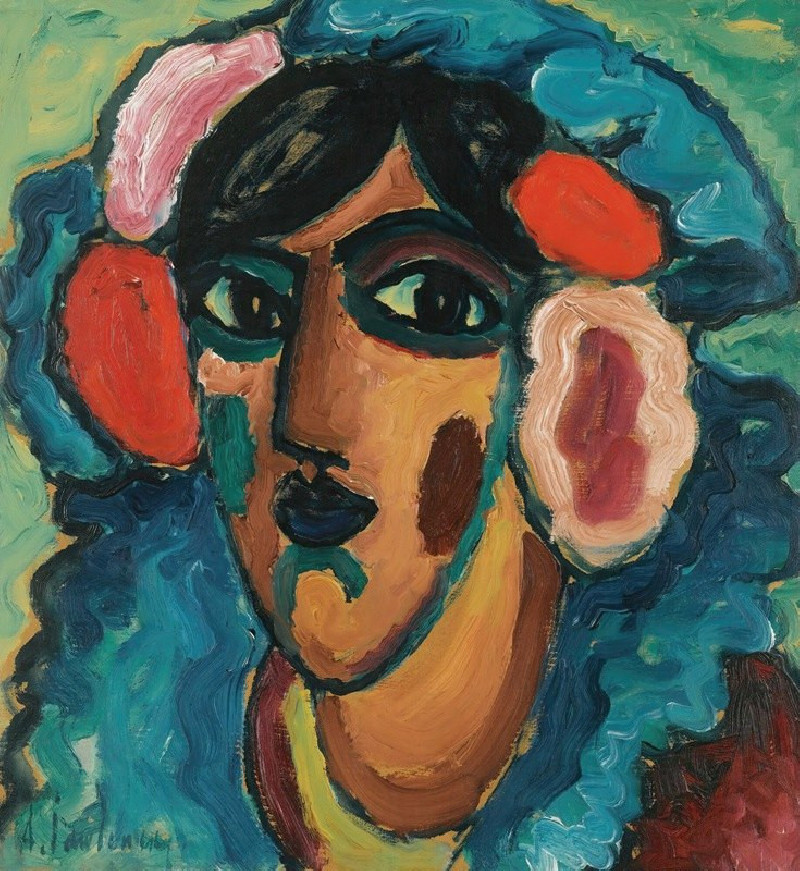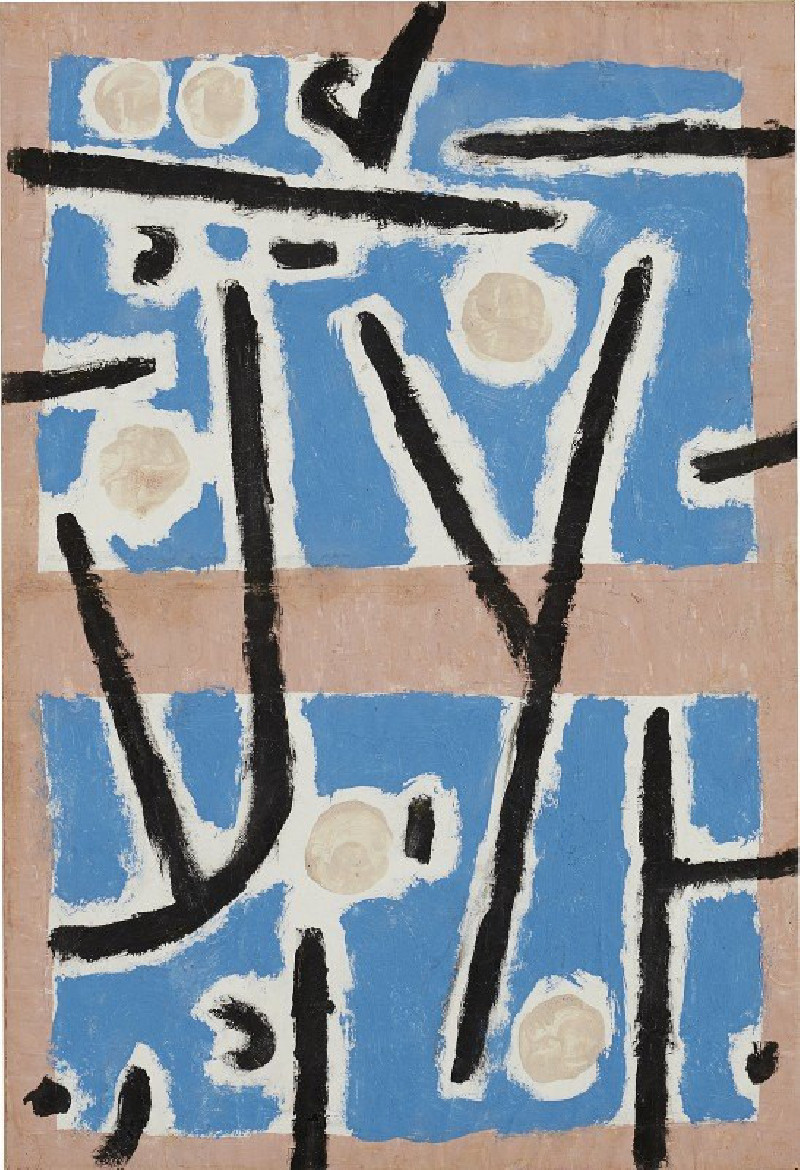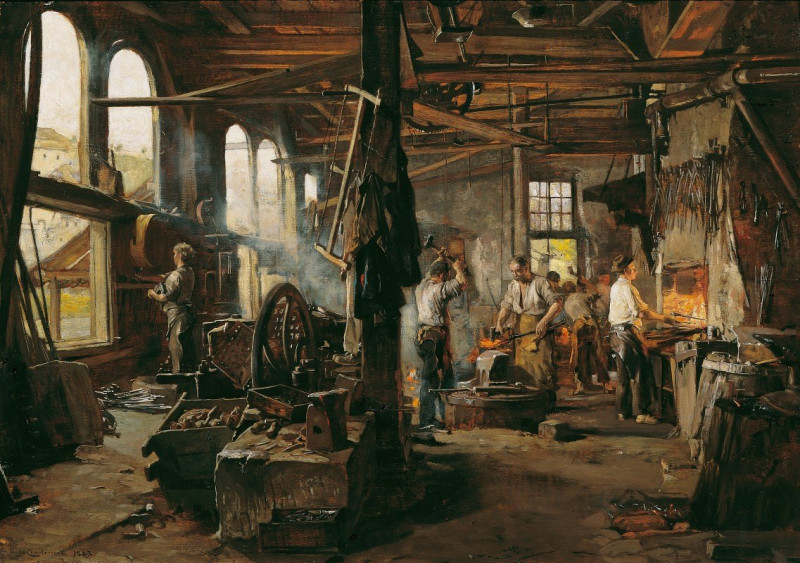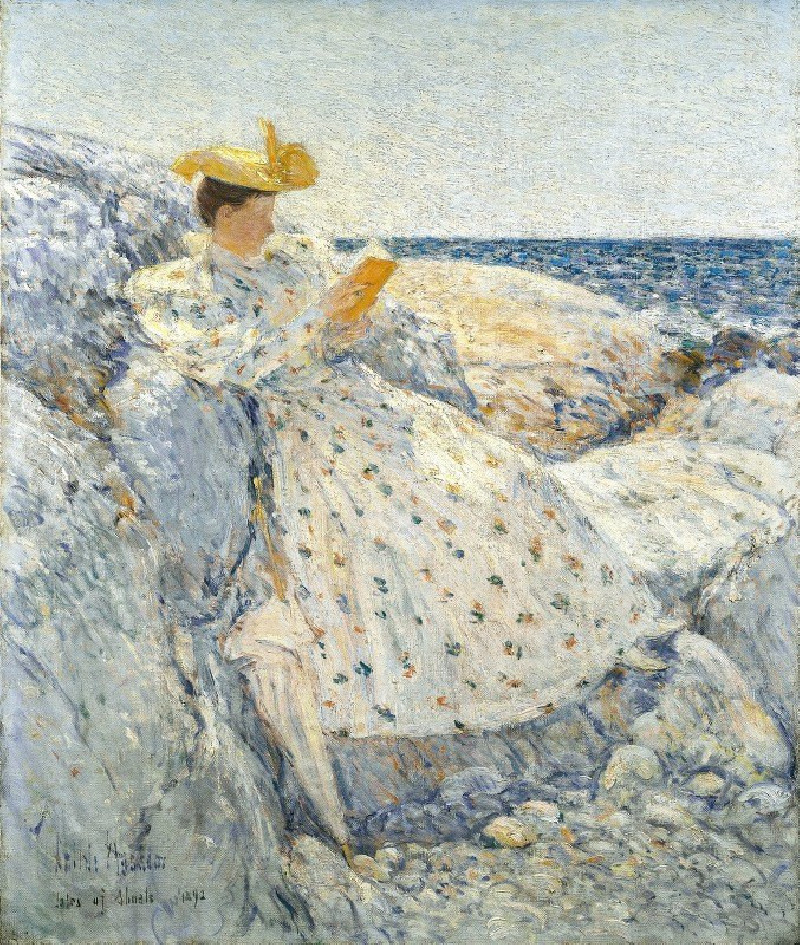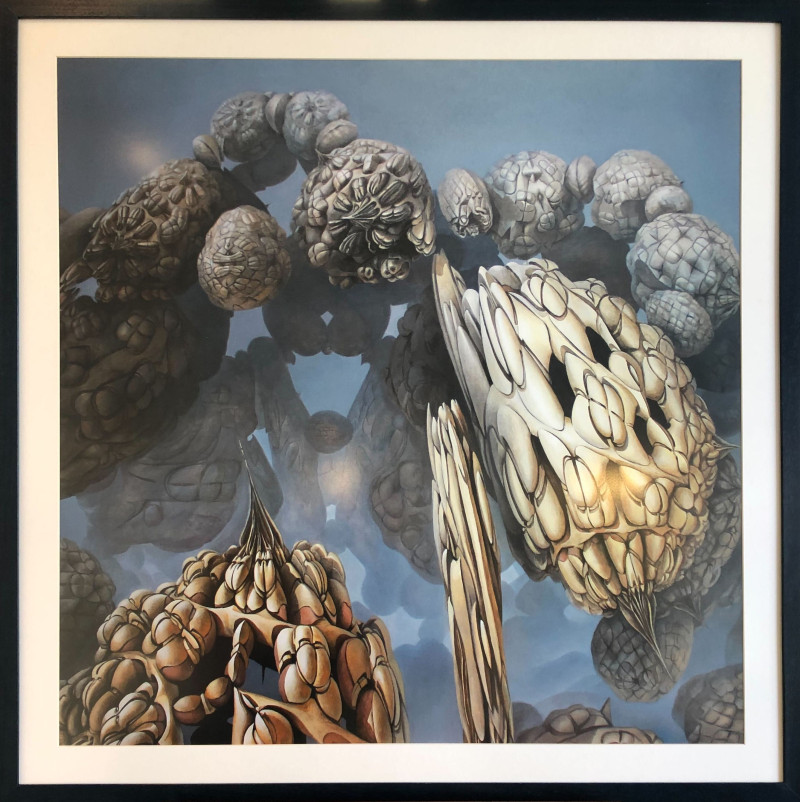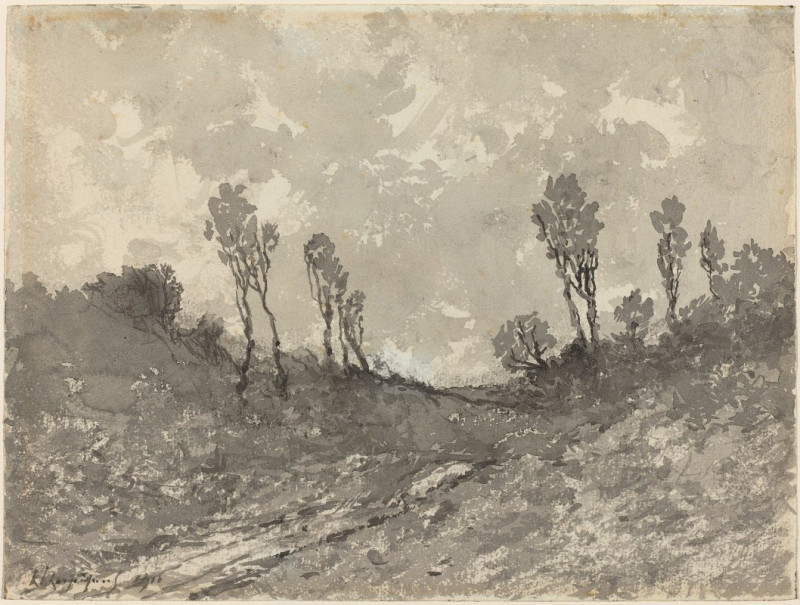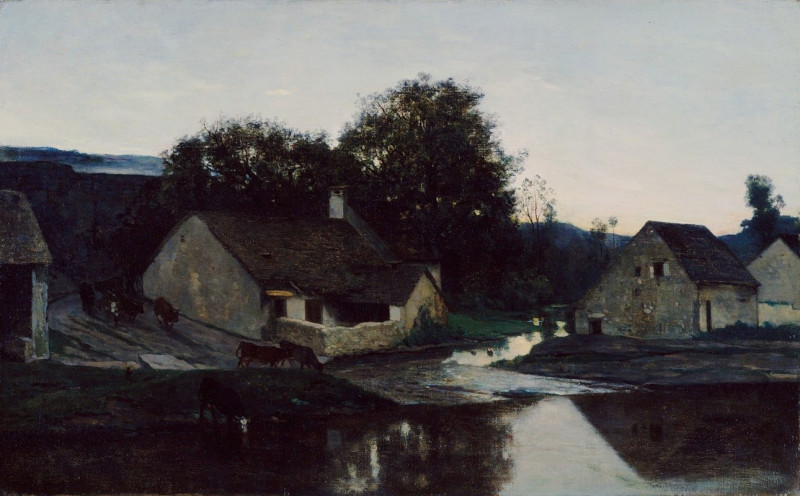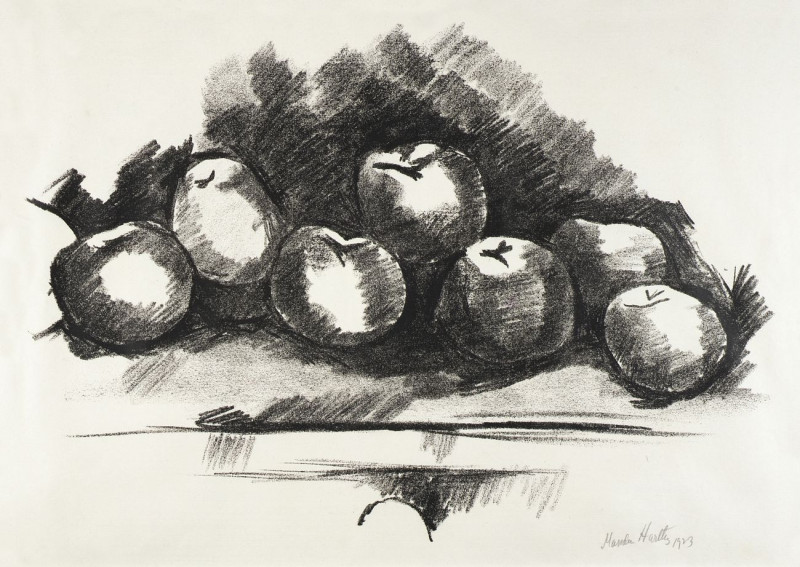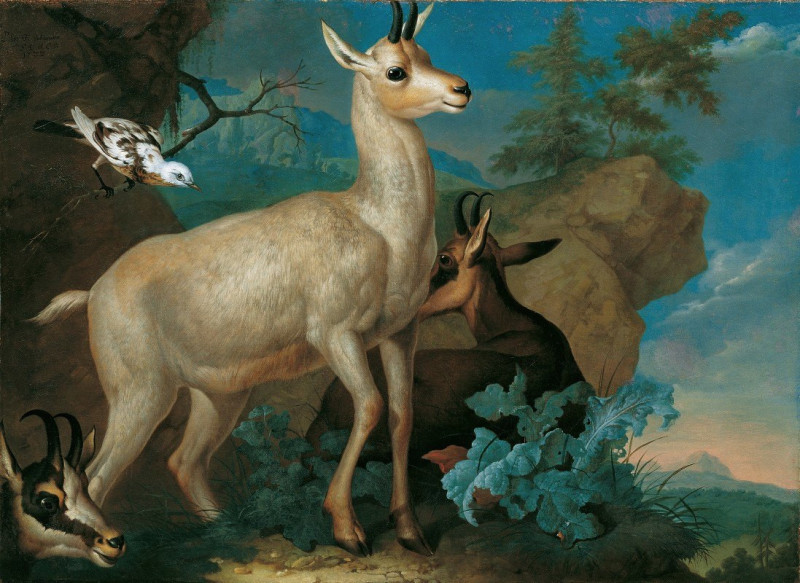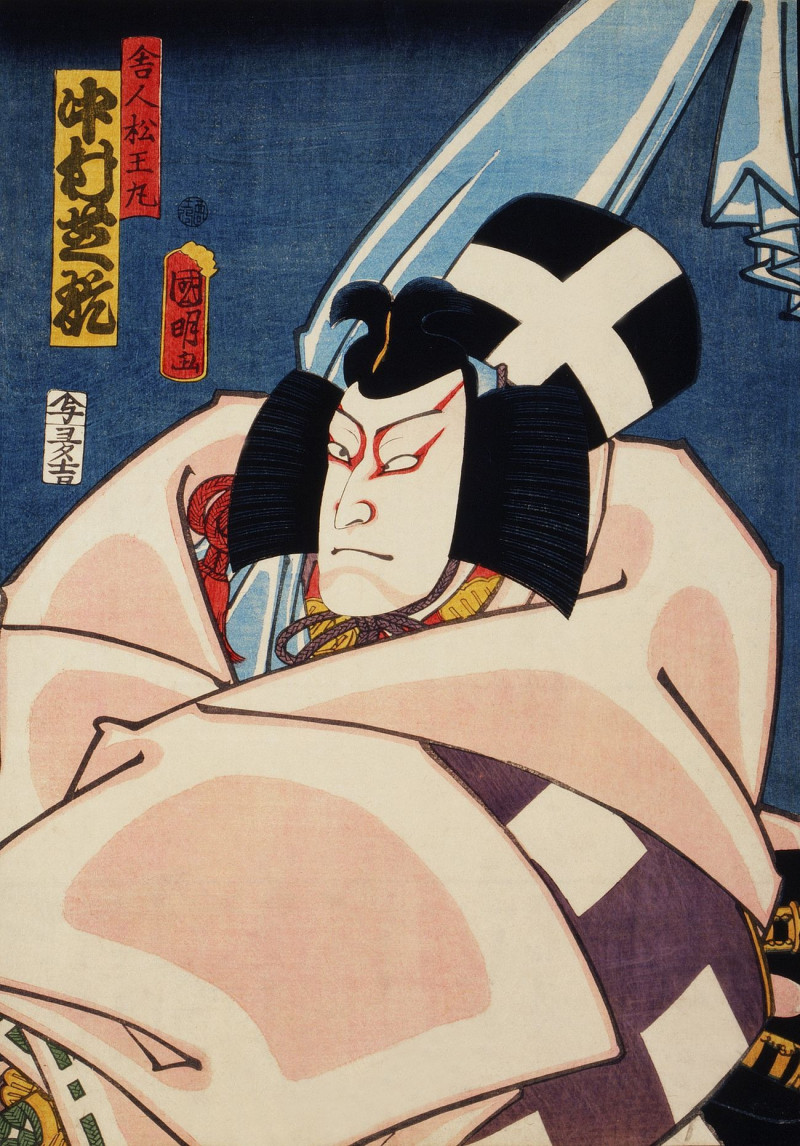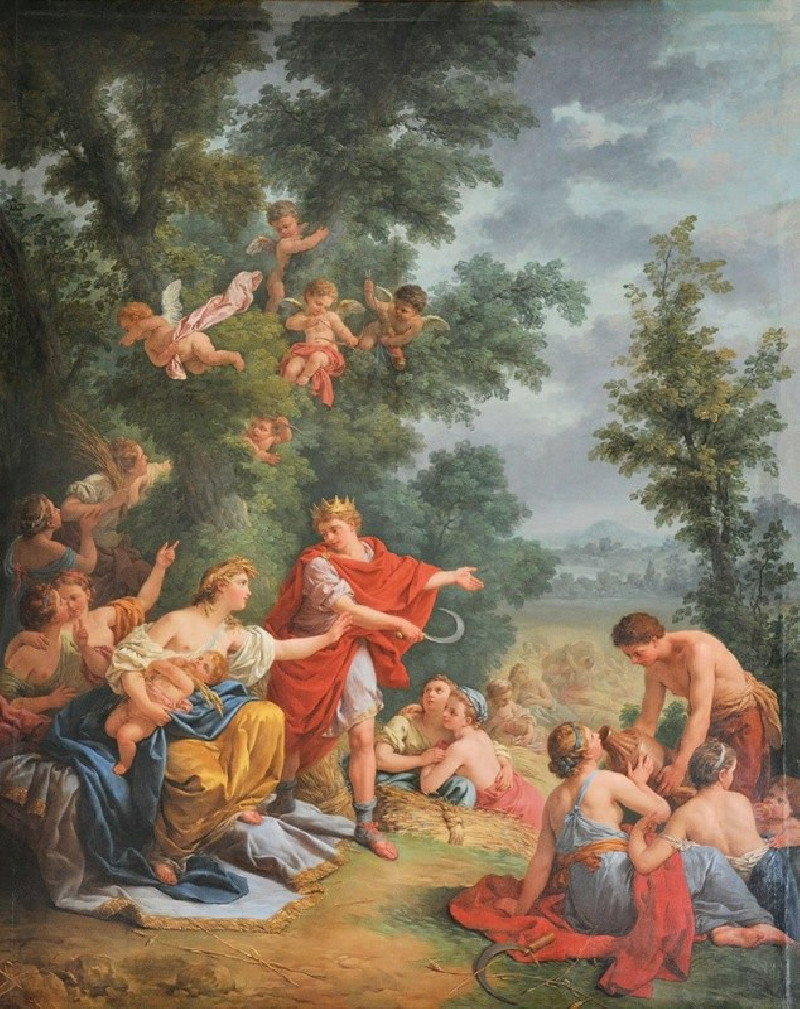Study Of A Moose
Technique: Giclée quality print
Recommended by our customers
More about this artwork
Albert Bierstadt, renowned for his majestic landscapes, brings us an intimate portrayal of North American wildlife with "Study Of A Moose." This exquisite painting captures the raw and gentle essence of a moose, set against a backdrop that brims with the lushness of nature.In this artwork, Bierstadt showcases his unmistakable knack for detail and atmosphere. The moose, depicted in striking clarity, emerges from the verdant underbrush. Its large, spraddled antlers and keen eyes evoke a sense of quiet grandeur and serene power. The brushwork skillfully renders the texture of the moose’s fur and the complex interplay of light and shadow, illustrating Bierstadt’s mastery in translating natural scenes into compelling art.The background is a tapestry of greens and autumnal hues, suggesting a scene suffused with the tranquility of the wilderness. Delicate foliage in shades of red and green surrounds the moose, enhancing its majestic presence within its natural habitat."Study Of A Moose" not only reflects Bierstadt's artistic prowess but also his deep reverence for nature.
Delivery
Returns
Albert Bierstadt (January 7, 1830 – February 18, 1902) was a German-American painter best known for his lavish, sweeping landscapes of the American West. He joined several journeys of the Westward Expansion to paint the scenes. He was not the first artist to record the sites, but he was the foremost painter of them for the remainder of the 19th century.

